I am trying to build a circuit that gets electret microphone input and maps into 0-1V for utilizing in ADC.
The microphone module suggests using such circuitry When I tried that circuit and talked to the microphone and used frequency generator app, I observed -200mV - 200mV output which is perfectly fine for my amplifier circuit.
When I tried that circuit and talked to the microphone and used frequency generator app, I observed -200mV - 200mV output which is perfectly fine for my amplifier circuit.
Moreover, when I try connecting 200mV voltage supply to the amplifier circuit
 I still get perfect 0-1V output in both LTSpice and from hardware. However, when I connect the microphone circuit instead of voltage supply, the system blows up and doesn't give me any input voltage (right before below 220k) or output voltage.
What do you think that could be the reason for that? Is there anything that I might be missing in the microphone circuit?
I still get perfect 0-1V output in both LTSpice and from hardware. However, when I connect the microphone circuit instead of voltage supply, the system blows up and doesn't give me any input voltage (right before below 220k) or output voltage.
What do you think that could be the reason for that? Is there anything that I might be missing in the microphone circuit?
EDIT: I changed non-inverting amplifier to such circuit
 Would it be better for DC biasing to the microphone?
Would it be better for DC biasing to the microphone?